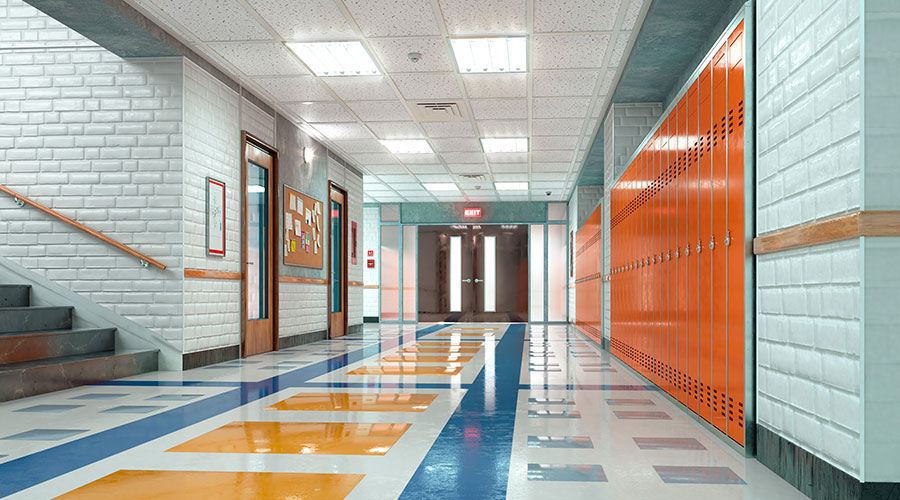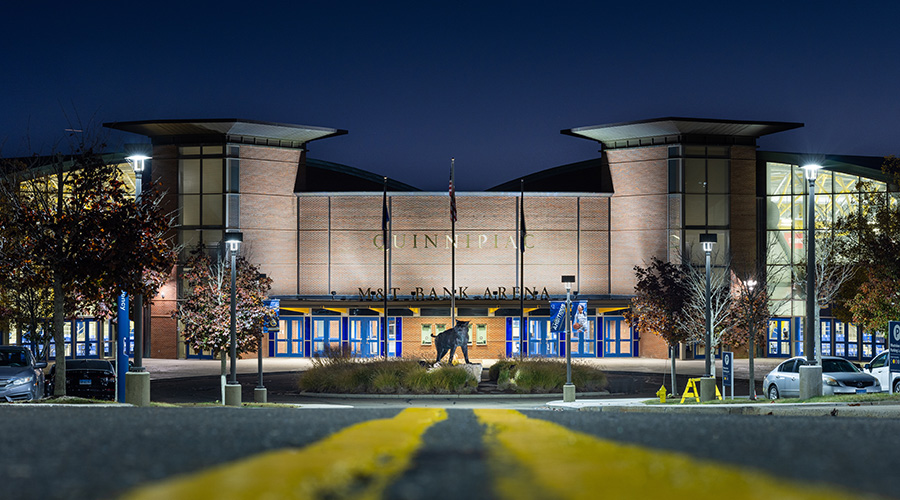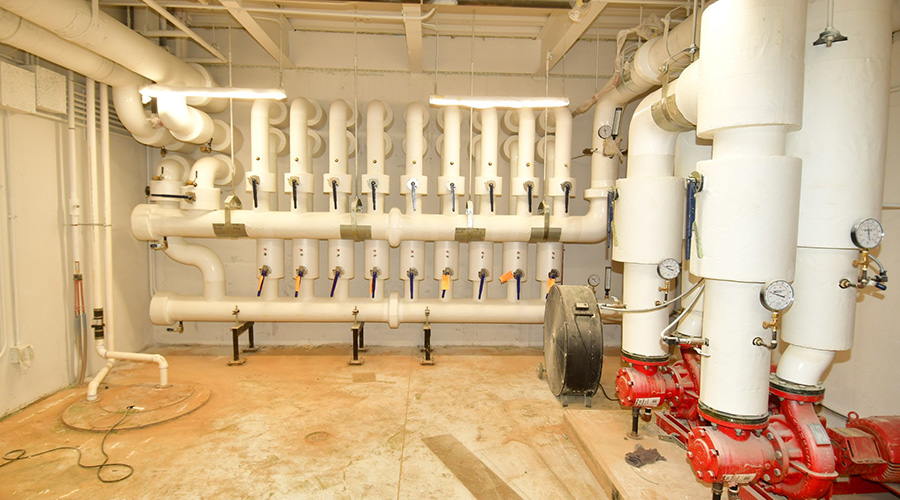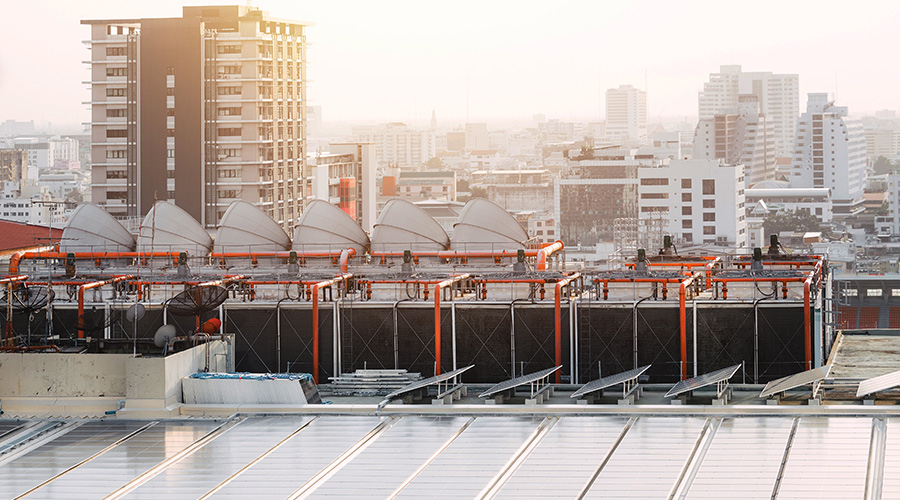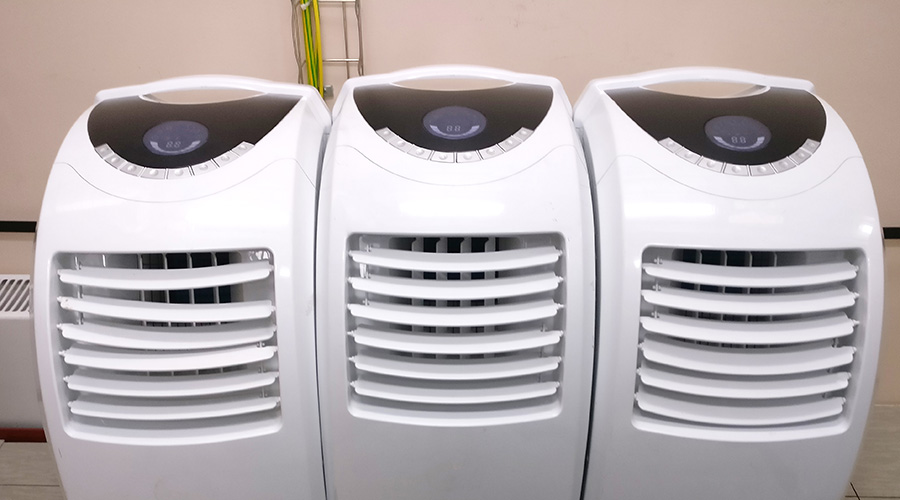How To Deal With Wide Day-To-Day Temperature Variations
Autumn is upon us, and with it comes those inevitable stretches when the outside temperature varies substantially from day to day. What's the best HVAC strategy for handling those times, and how can you be sure you’re implementing it effectively?
Don’t fight the weather — use it to your advantage. During the day you’ll have periods of time, especially on the south and west facades, when the heat is high.
One strategy to handle that is to have the economizer cycle on your air handling unit (AHU) in good working order. Here’s a quick checklist for getting your economizers in good working condition:
• Make sure your dampers, linkages, and controls are working properly.
• Invest in a good enthalphy sensor. It helps you determine the ideal energy-efficient conditions for using your economizer cycle. (Enthalphy accounts for total heat content in the air and takes humidity into account.)
• Ensure that your control sequence is properly programmed.
• Ensure that your building pressure control sequence is in order.
Other best practices:
• Modulate your economizer. When it’s a mixed season like the fall, you’re going to be modulating your economizer from minimum to maximum throughout the course of the day. In the winter you only let in the minimum amount of air, and in the summer you only let a minimum amount of air because it’s humid. Should your building be equipped with economizers, during the swing seasons they will be ramping up and down. It’s important that with whatever air you bring into your building, you have the ability to relieve it so that you can maintain a balanced pressure.
• Have excellent turn-down ratio. If you have mechanical cooling, invest in control valves and at least one chiller with excellent turn-down ratio. If you have very good control valves, you’ll maintain energy efficiency and save on operational costs. It’s important to have at least one chiller with excellent turn-down ratio so you can bring on as much chiller as you need. Many chillers, especially the older ones, perform poorly at partial load. On the other hand, the most efficient operating mode of today’s chillers is actually at low load.
• Cool your facility at night. Take advantage of what nature gives you and pre-cool your building at night. Nocturnal cooling (bringing in cold air at night) is ideal for places (Colorado, Arizona, etc.) where there’s a lot of intense sun during the day. You can flush the building with cold air at night to cool down the building materials, so they can then absorb much more heat from the sun during the day. This is essentially taking advantage of the flywheel effect of thermal mass.
Answers provided by Dave Callan, P.E., vice president with McGuire Engineers in Chicago.
Related Topics:






